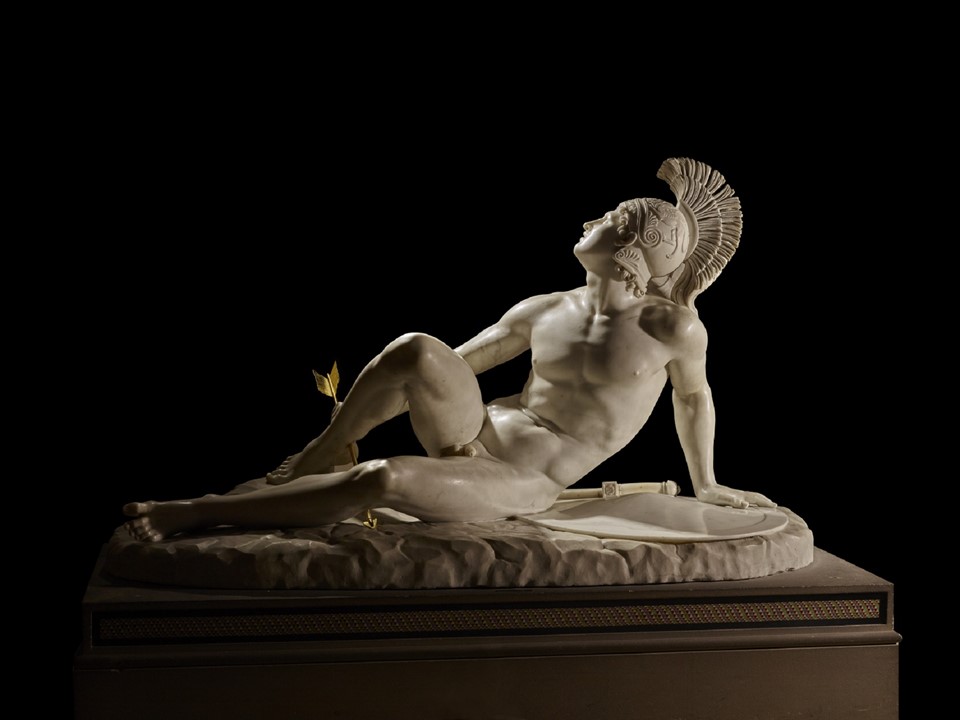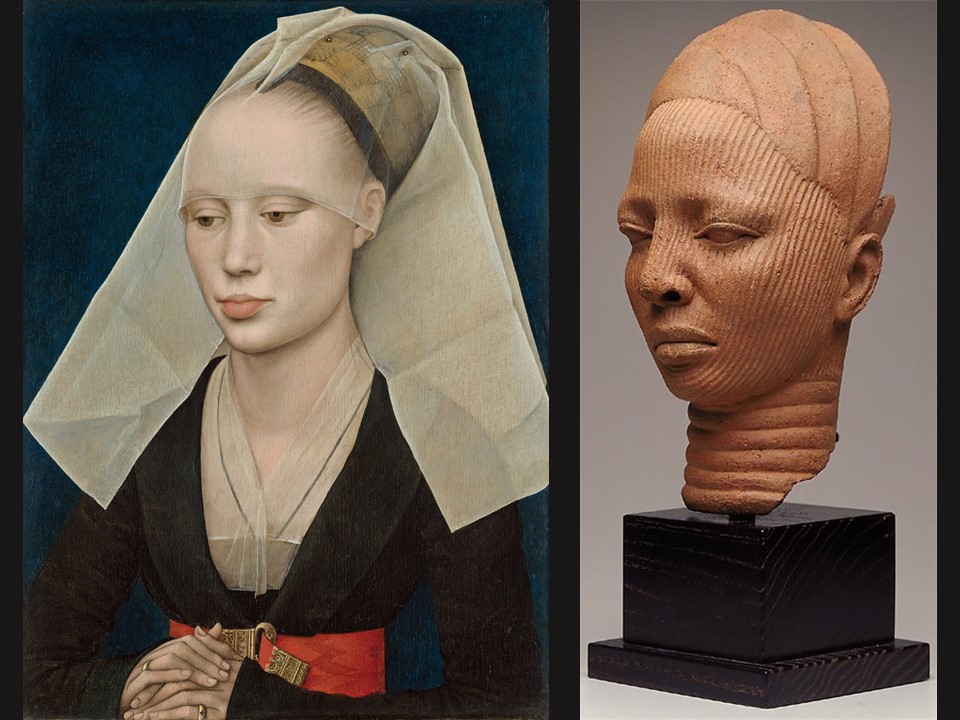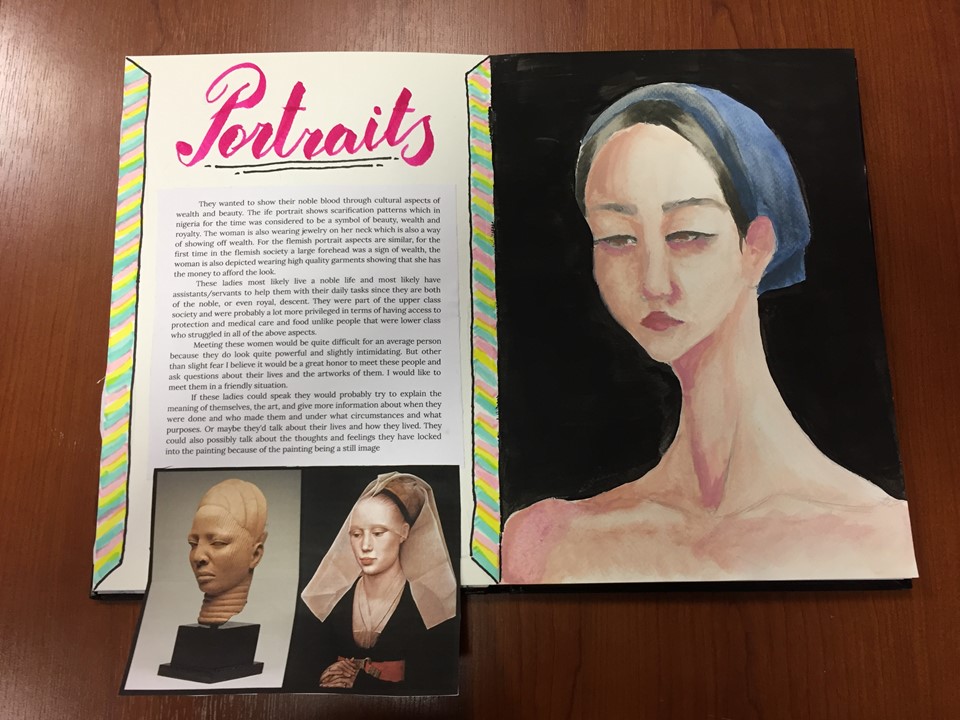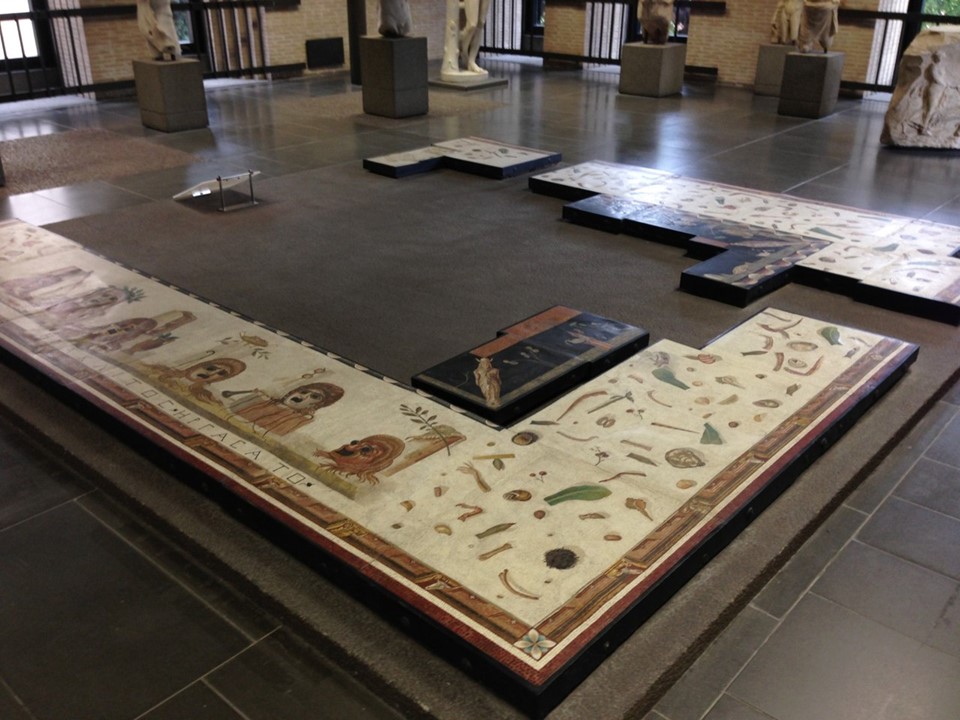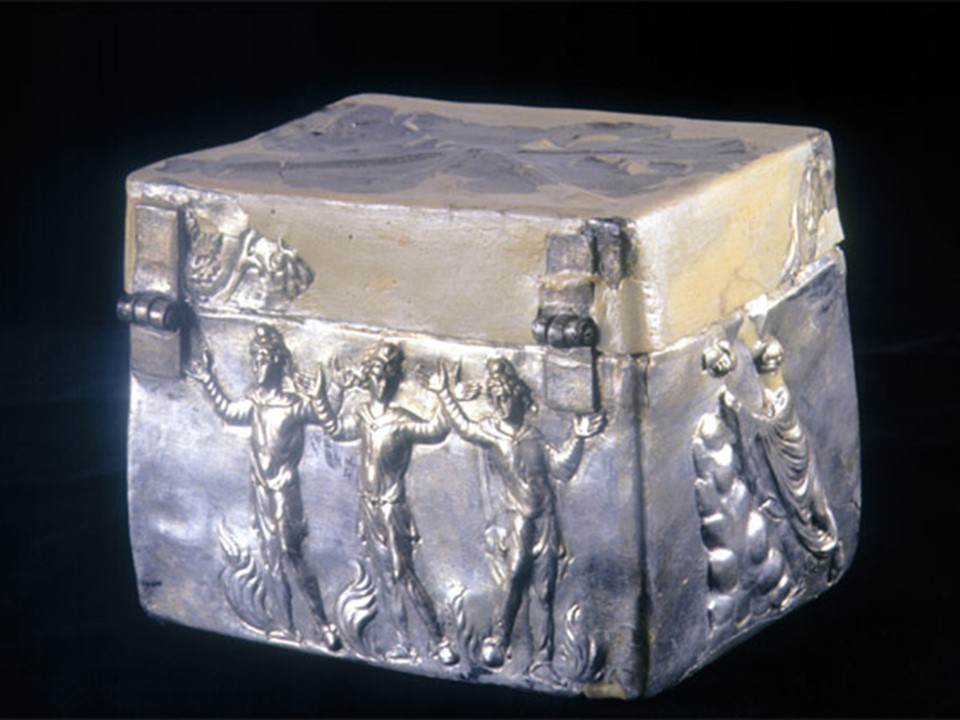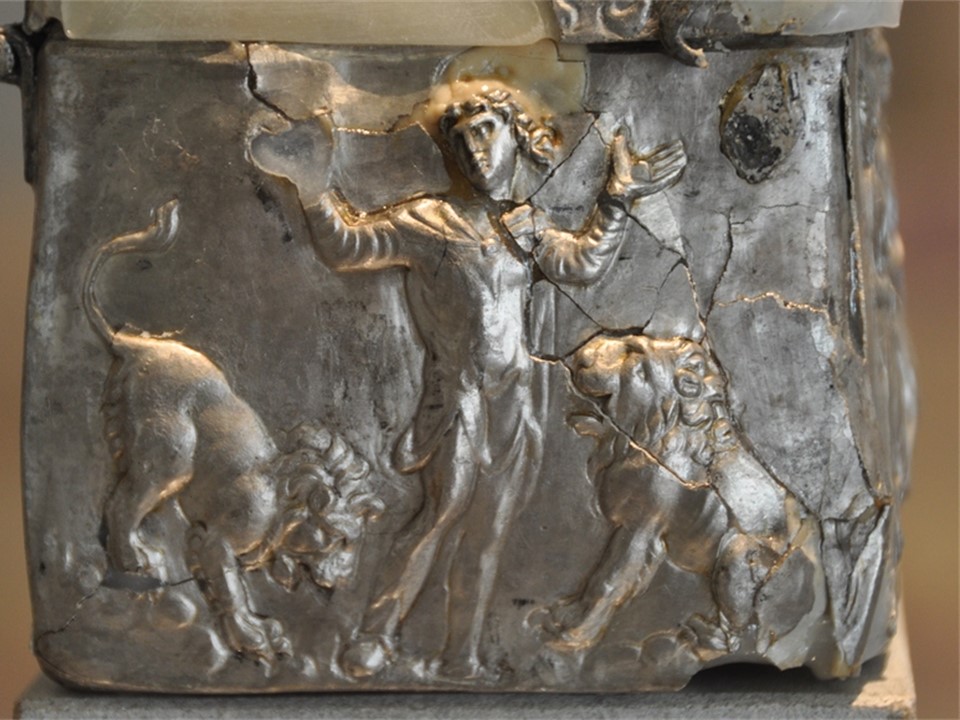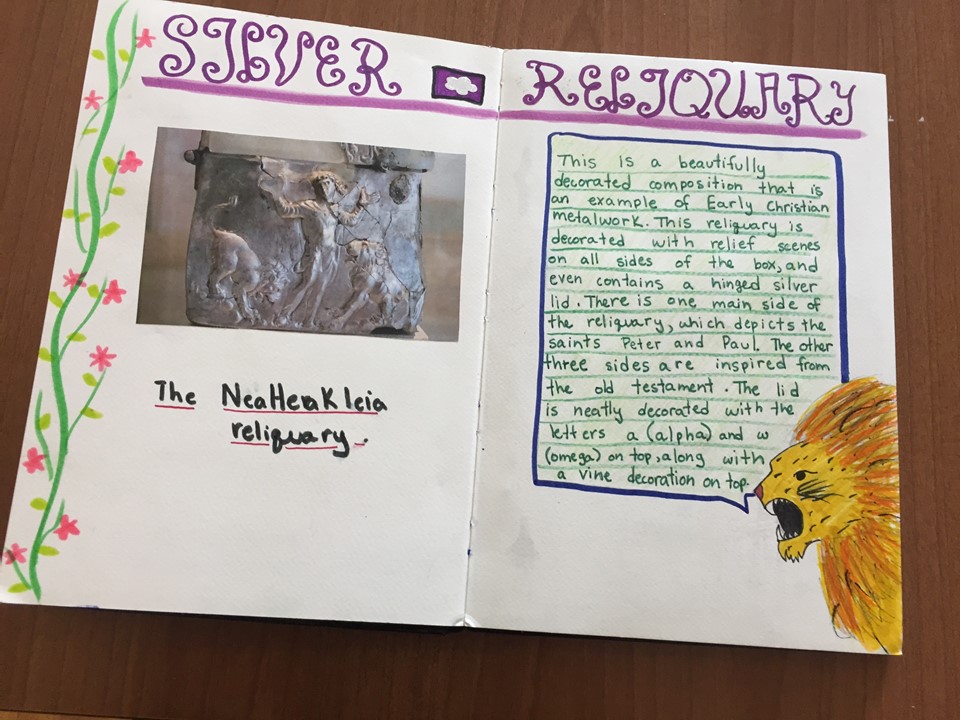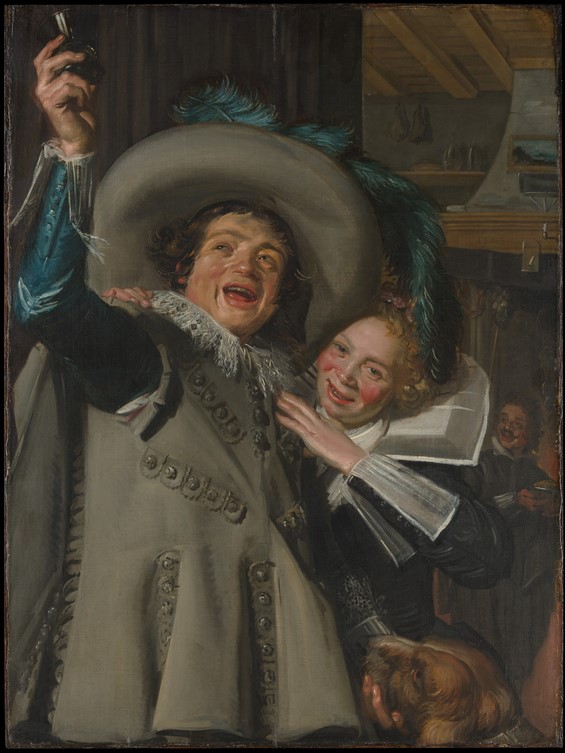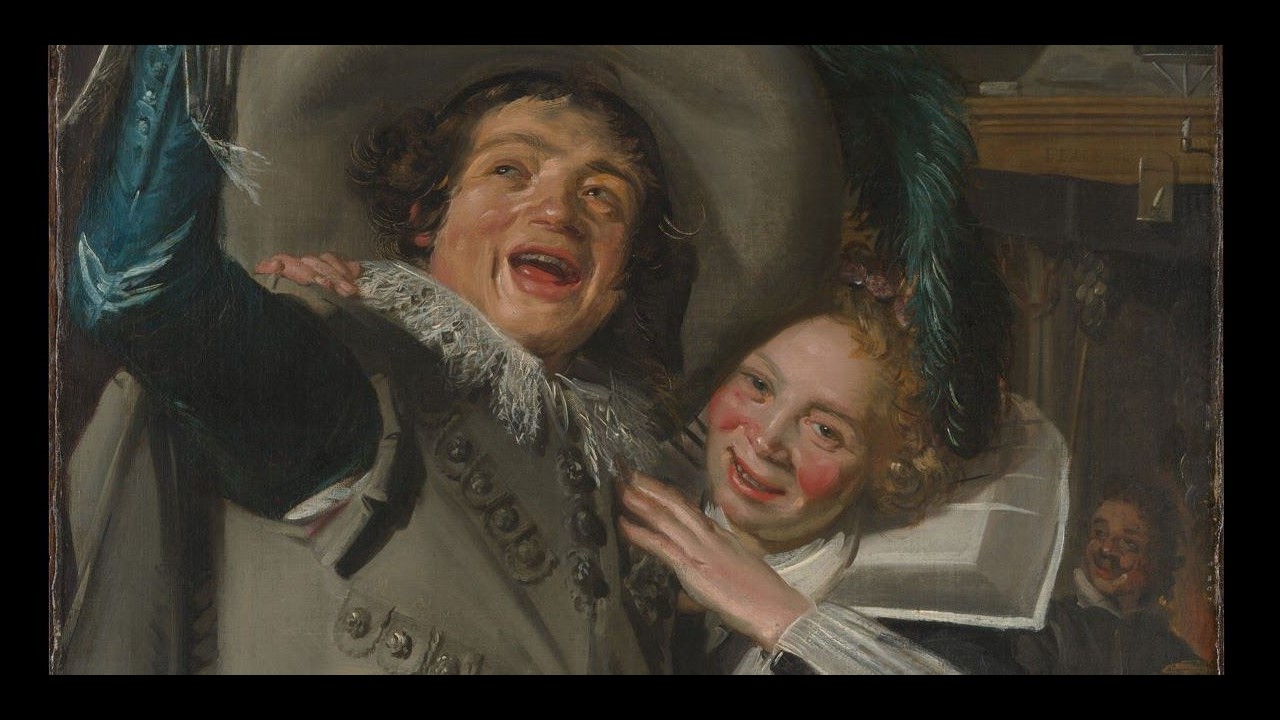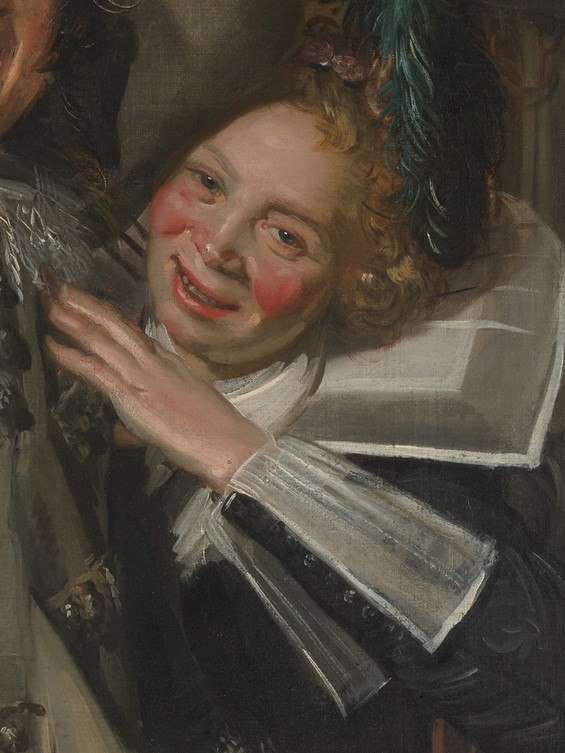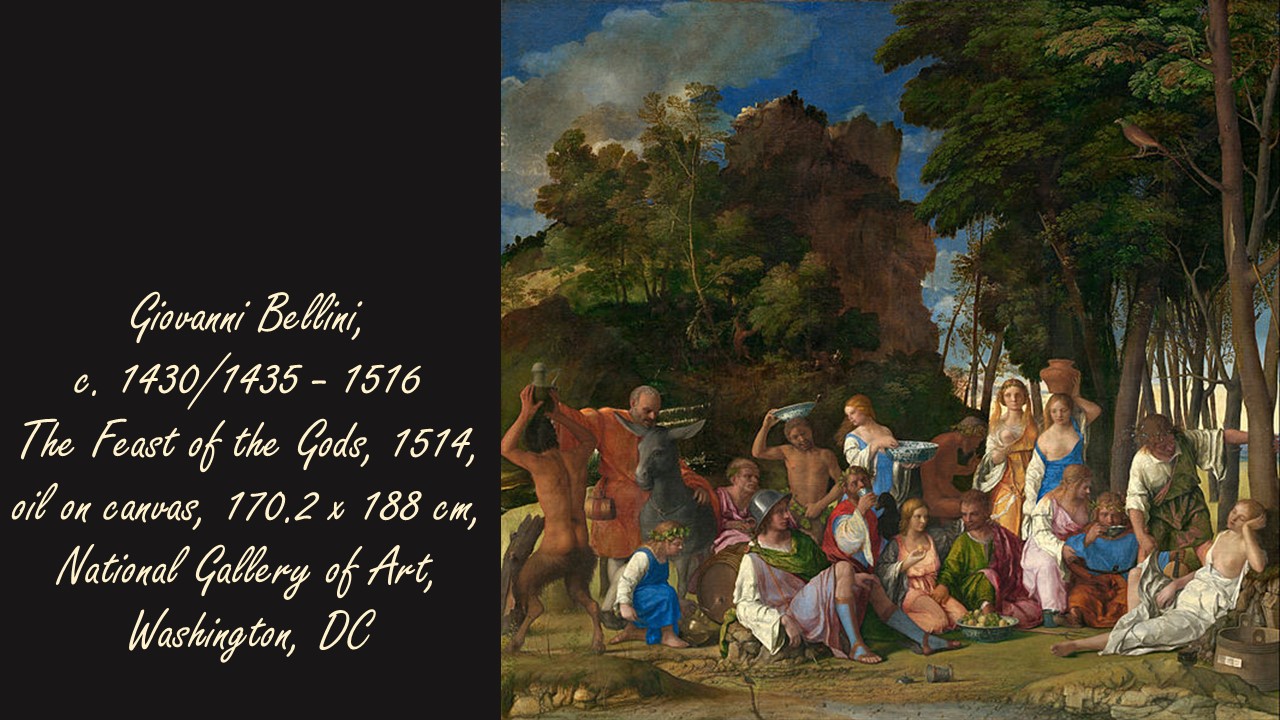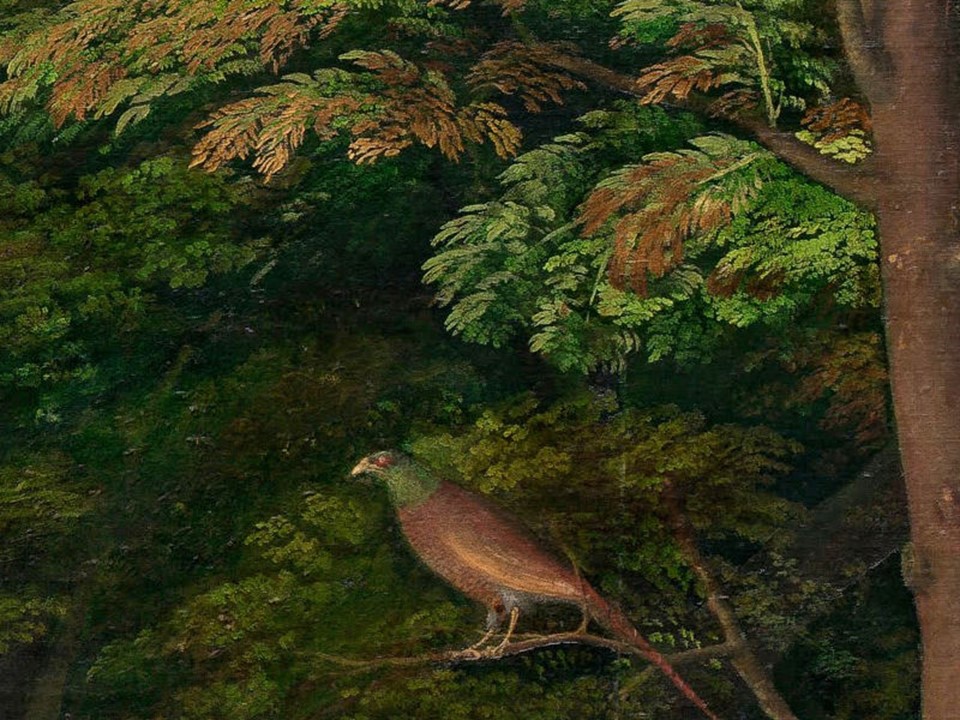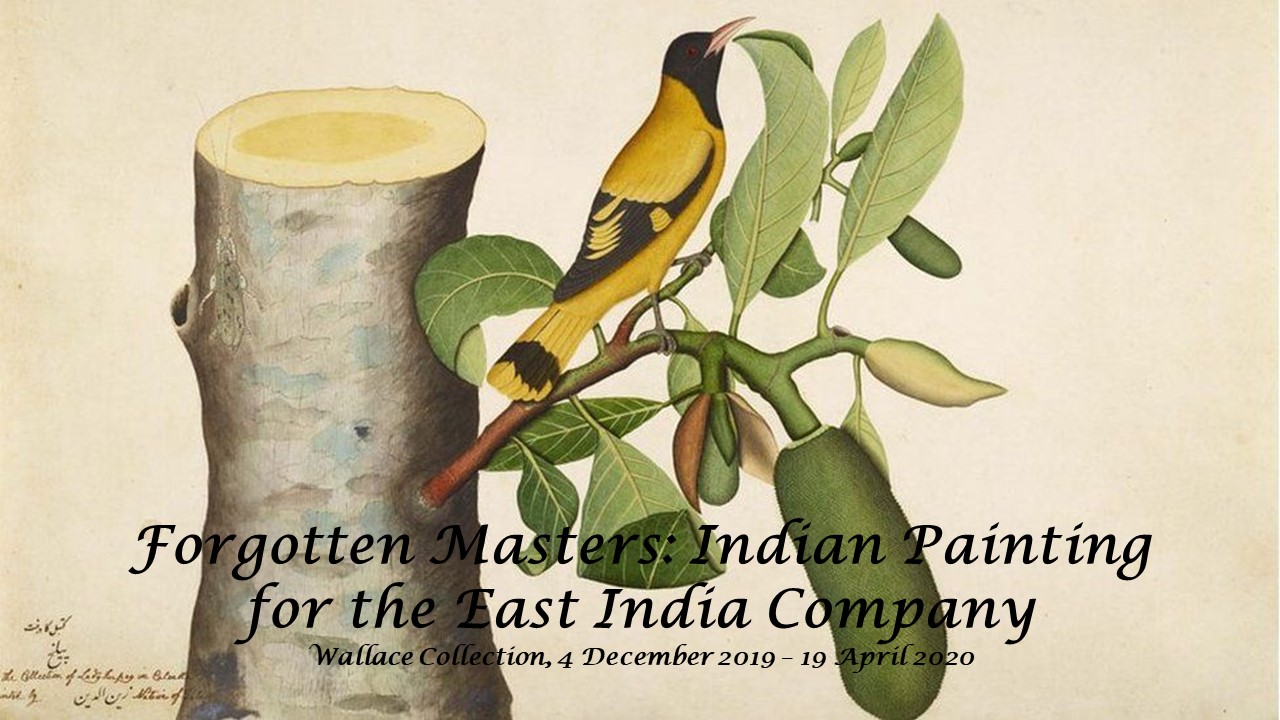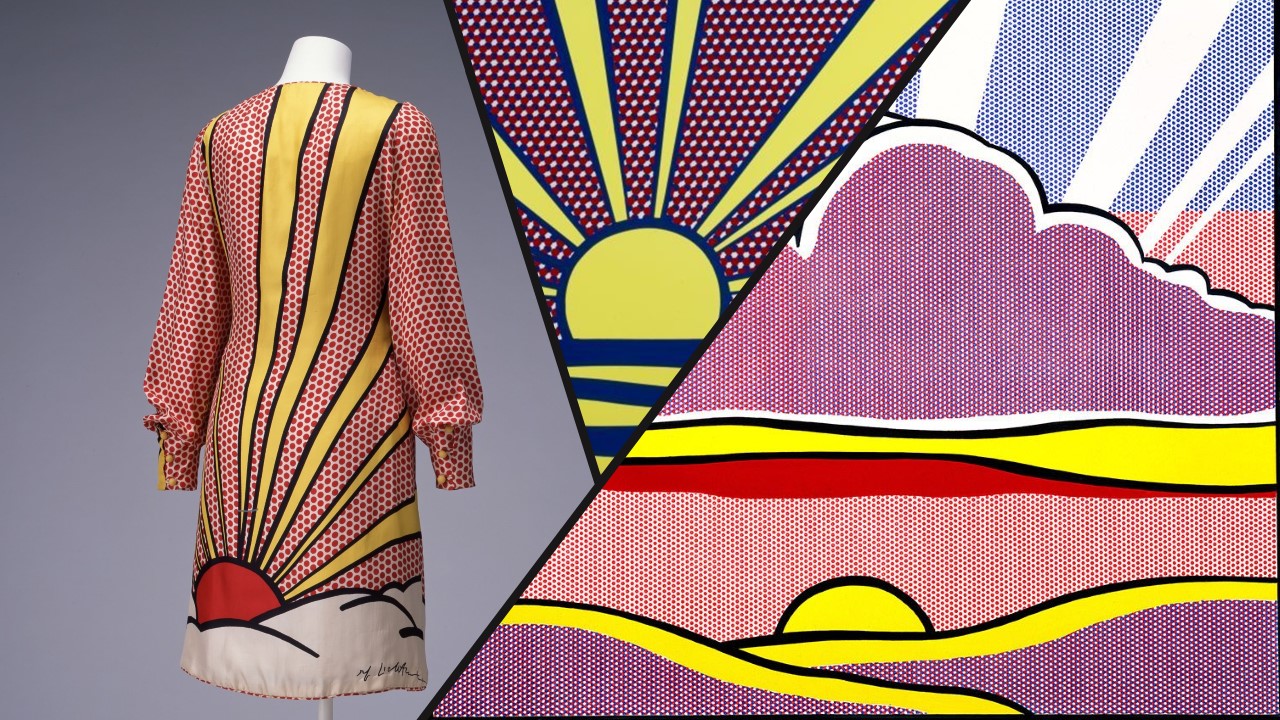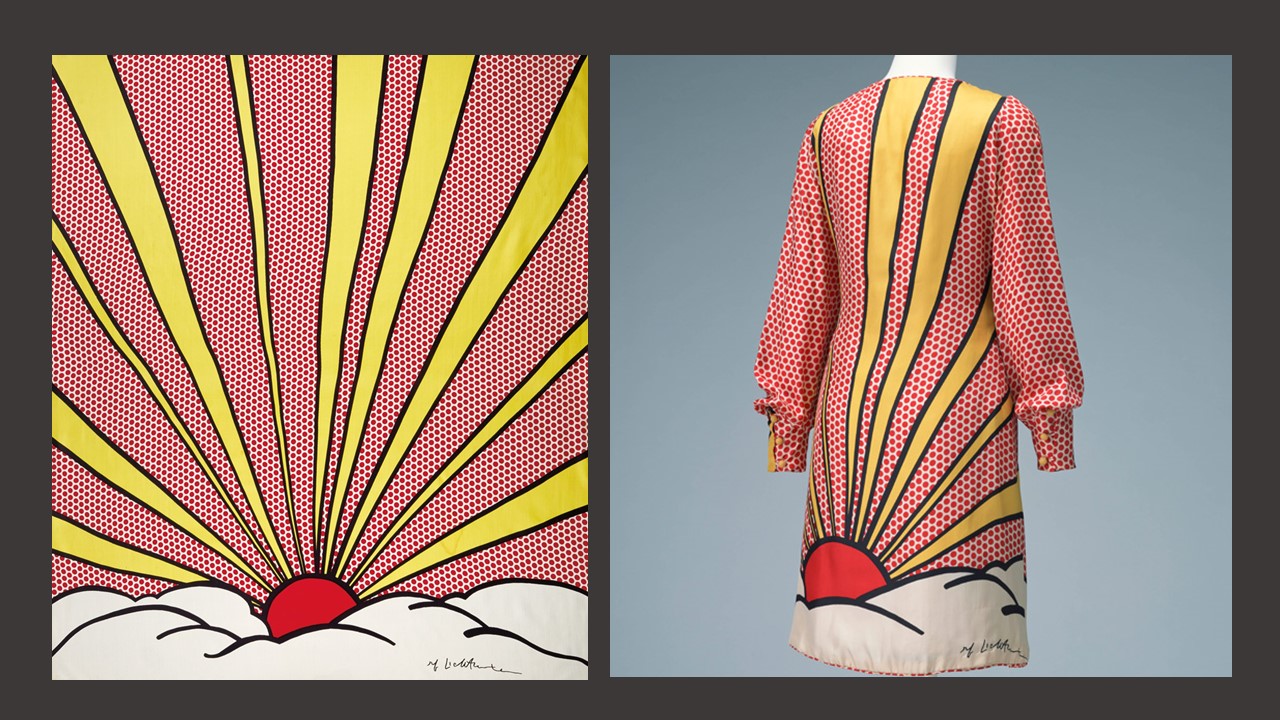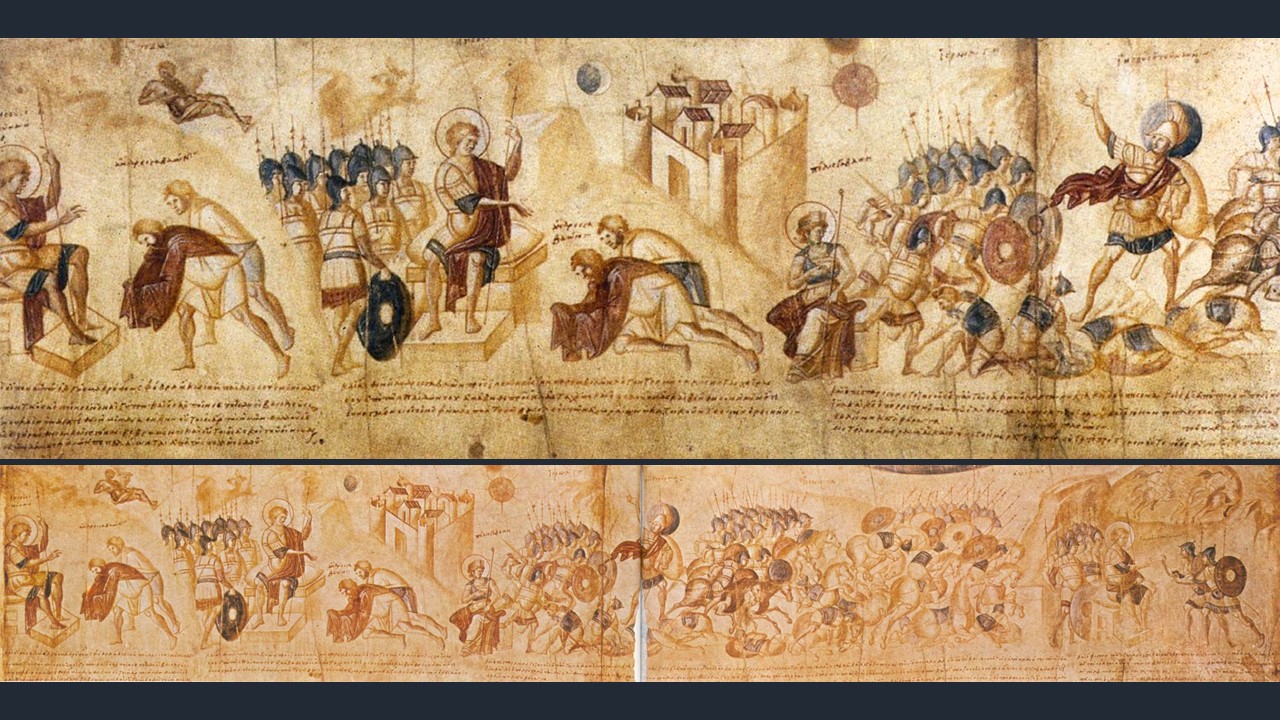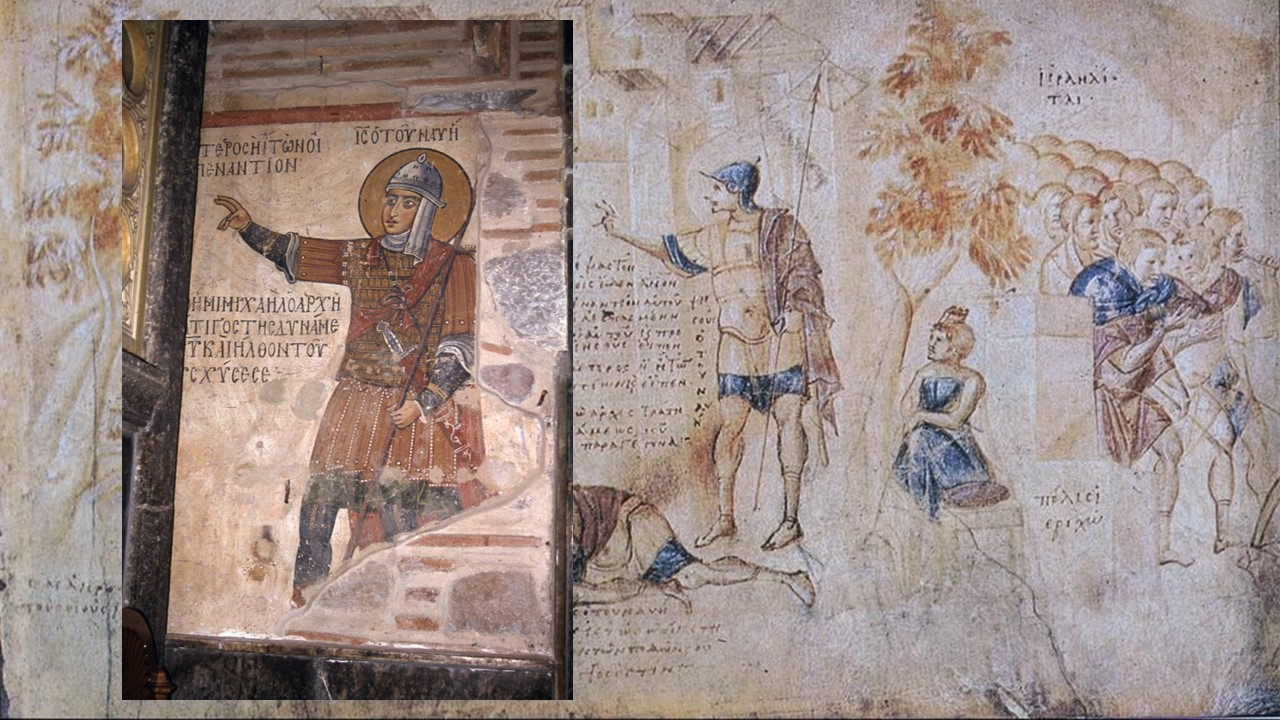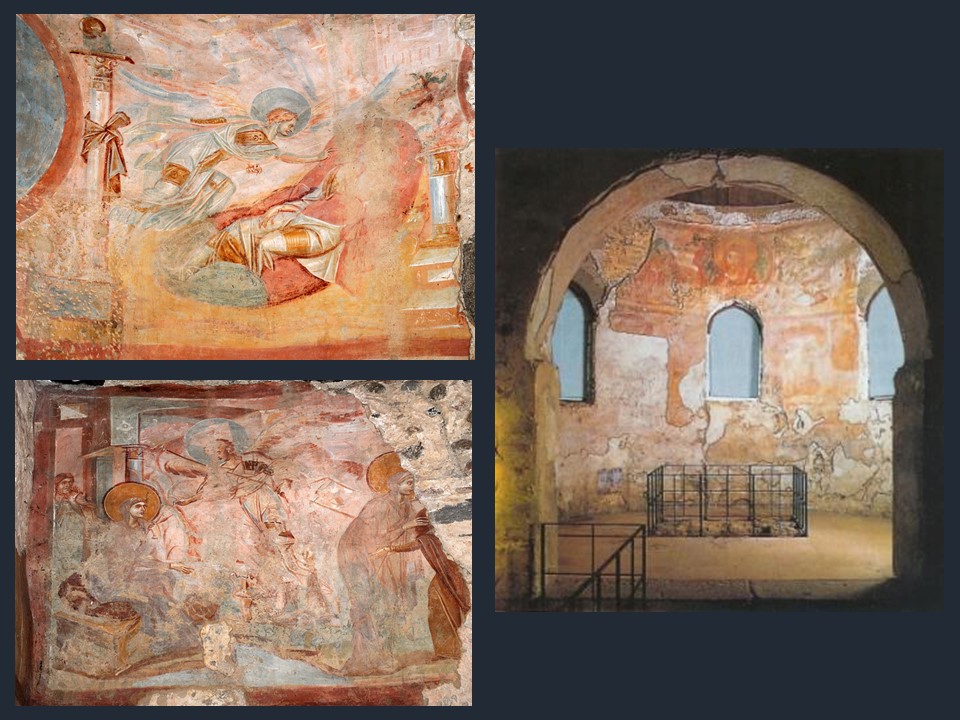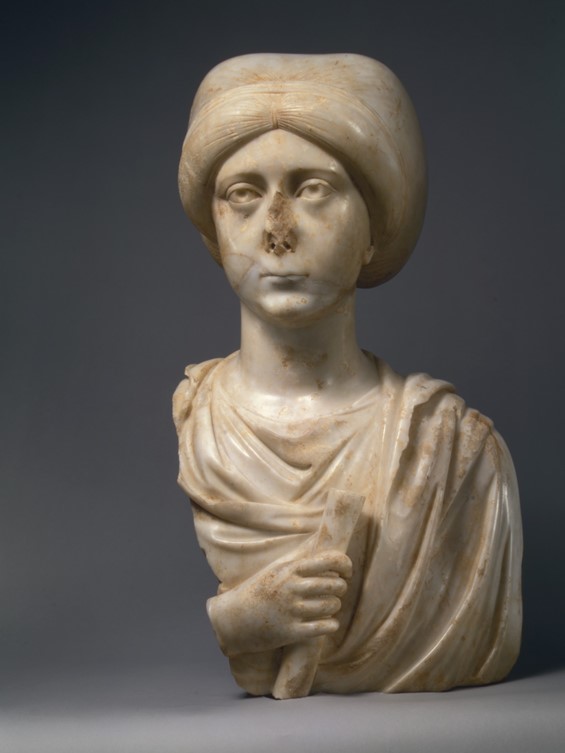
https://www.metmuseum.org/art/collection/search/468716
Portrait Bust of a Woman with Scroll is a Constantinopolitan in origin portrait of an aristocratic Lady, I find fascinating!
The MET’s portrait presents a woman of high rank, aristocratic, educated, sensitive and demure. She survived, self-possessed, centuries of Constantinopolitan destruction, fire and plunder, alone, to finally arrive at the MET without her companion… She originally stood next to her husband, both holding a scroll, wishing they were remembered as a sophisticated couple of learning and culture…
My imagination, as you can see, runs wild… I see them standing in front of their double portrait admiring the soft carving and the delicate contours of it. They look appreciative of the highly polished, alabaster like, finishing of the carving and approve the young master sculptor’s ability of fine quality workmanship. They are eager to commission a new set of statuettes presenting Mythological Hercules, symbolic Hero of their new Christian faith. They are great patrons of the arts. Their estate in Constantinople is famous for its beauty and treasures. Their library is legendary. As they stand admiring their new acquisition, they are expecting two new manuscripts, a scroll of Joshua’s adventures, and another scroll on the Book of Psalms…
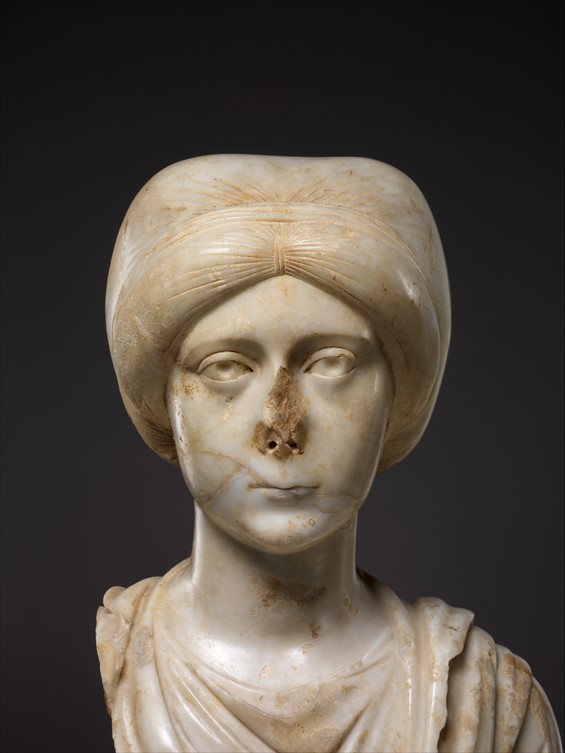
According to the Metropolitan Museum of Art “This sensitively carved portrait bust presents a mature woman with a thoughtful expression and piercing gaze; the scroll held in her right hand signals an appreciation for classical learning and marks her as a member of the elite. She wears a mantle, tunic, and head covering, typical dress for an aristocratic woman. Such head coverings did not come into fashion until the fourth century. The bust likely formed part of a commemorative display, perhaps documenting a public donation, or was used in a domestic setting.” https://www.metmuseum.org/art/collection/search/468716
For me, art history teacher, this Portrait, a superb example of the Late Antique – Early Christian work in sculpture, is an opportunity to discuss artistic developments of the period. This is the reason why I prepared the attached PowerPoint on Female Portraits of the Late Antique-Early Christian Period… HERE!
